How the tech of Alien Isolation will scare you back to the 1970s
In space, no one uses touchscreens
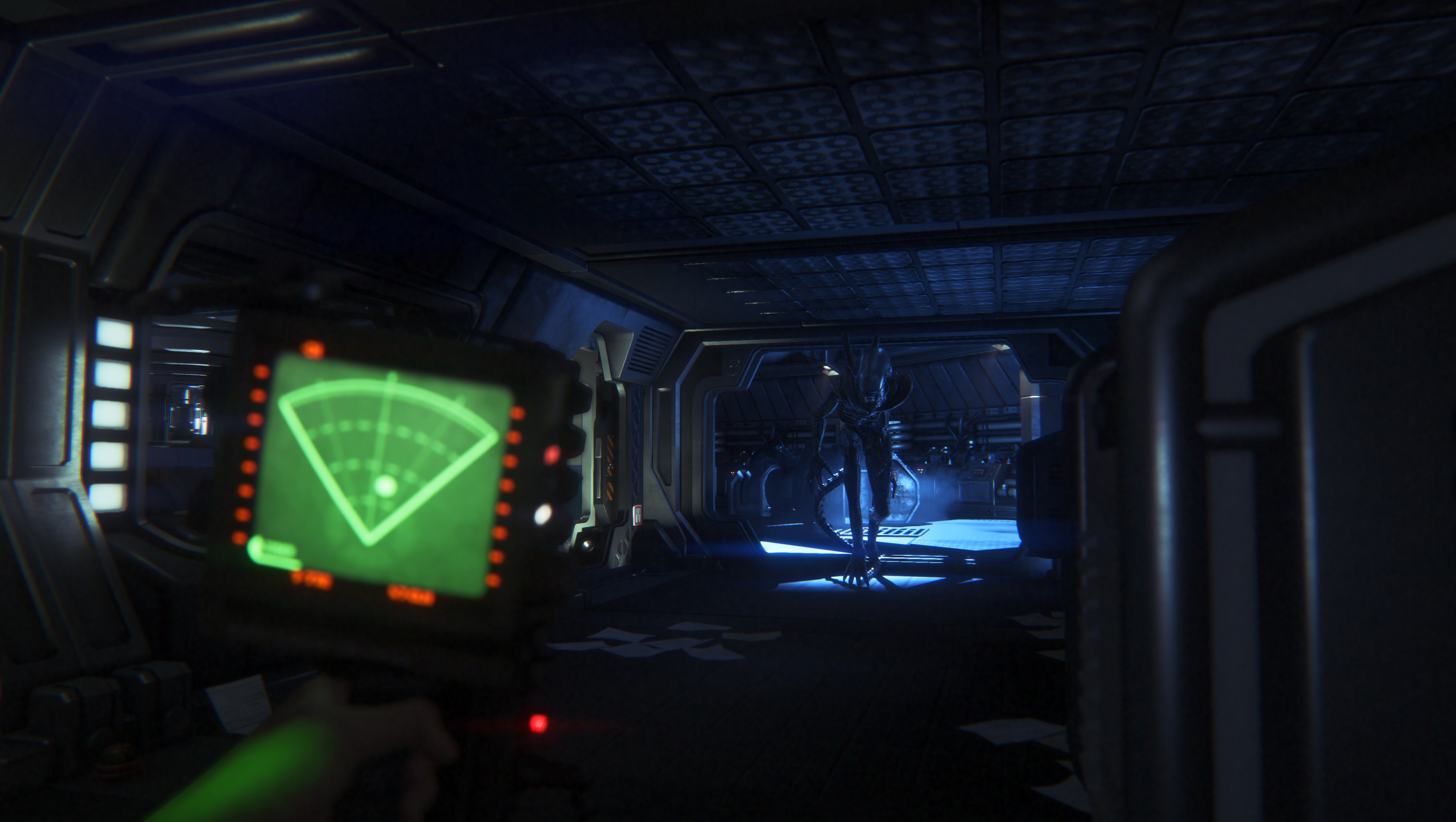
It seems odd to describe Ridley Scott's version of the future as 'retro' but there's really no other word for it. The world of Alien is one where space travel is the norm but smartphones, holograms and LCDs are unheard of. It's a grounded vision built using only the technology available at the time, yet one that went on to influence countless movies that followed it. The interior of the Nostromo itself, as complex as the biological design of Giger's xenomorph, has had an enduring legacy.
And still, to date, no one's quite managed to translate Alien to the videogame format; James Cameron's sequel has understandably lent itself far better to the medium, though with arguably less brilliant results (no one mention Colonial Marines).
So enter The Creative Assembly, who are here to prove that it can be done by building the world of Alien: Isolation on the same foundations as Scott's - a 70s aesthetic, a dark, threatening soundtrack, and an overpowering and pant-soakingly scary foe.
This is a nostalgic world. One of chunky analogue buttons, not touchscreens. One of CRT, not LCD. One where your most essential tool, the motion tracker, is frustratingly limited in scope and usability. These intentional technological limitations are core to what makes Isolation feel like the Alien game we've long been waiting for.
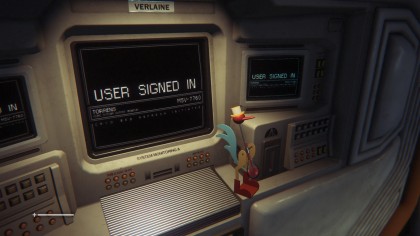
But it wasn't just a case of placing the odd Apple II around to retain the film's consistency. From the distortion of the familiar 20th Century Fox logo at the start of the game to stripping back the game's UI, every effort has been put in to make this feel like a true homage to Alien's lo-fi world. "We really like that glitchy feel, so we tried to incorporate that," says Creative Lead Alistair Hope. "We did that physically with VCR, using magnets and crushing cables. So we took our assets, filmed those onto a VHS tape, and then played the VHS tape back through a standard-def goldfish bowl TV.
"We filmed that, and then as we were filming it we used magnets around the sides of the TV and crushed cables to get those glitches texturally. When we tried digital effects, they were ok but they didn't give us what we were after."
That said, from the brief intro spent on The Torrens (Amanda Ripley's starship), the game is filled with plenty of 70s tech trinkets and throwbacks. Old tape recorders, CRT monitors, arcade machines and telephone receivers litter the bowels of the Sevastopol space station.
Get daily insight, inspiration and deals in your inbox
Sign up for breaking news, reviews, opinion, top tech deals, and more.
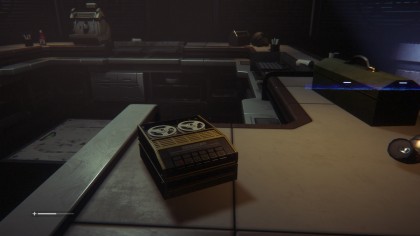
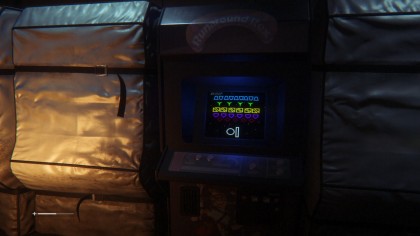
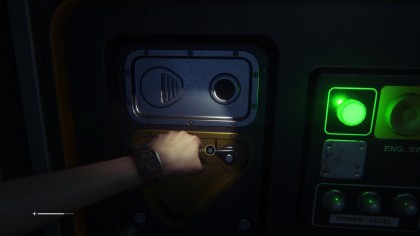
Xenophobia
The alien is always there. Somewhere. You can shoot it. You can torch it with a flamethrower. Hell, you can go and smack the bastard if you've the guts. But you'll never kill it (though it can and will kill you). You can only try to outwit it, and that's not as easy as you might think. It adapts, you see. "You throw one flare… if you're lucky the alien will go and investigate allowing you to navigate your way around," Hope tells us. "Do it again, it might happen. Do it again and it probably won't happen. It will realise there's someone there throwing flares around."
But as the alien AI adapts to your behaviour, you in turn can try to outsmart it. "I don't know about outsmart, but outsurvive," Hope corrects us. "By constantly changing, moment to moment, making the right decision. Even as something as simple as 'should I stay or should I go?'. Each action has a consequence.
"With the motion tracker blurring the background, we wanted every action to have a risk associated, so the motion tracker gives you information on the box but we take away information in the background. There's no one magic bullet."
Hugh Langley is the ex-News Editor of TechRadar. He had written for many magazines and websites including Business Insider, The Telegraph, IGN, Gizmodo, Entrepreneur Magazine, WIRED (UK), TrustedReviews, Business Insider Australia, Business Insider India, Business Insider Singapore, Wareable, The Ambient and more.
Hugh is now a correspondent at Business Insider covering Google and Alphabet, and has the unfortunate distinction of accidentally linking the TechRadar homepage to a rival publication.
